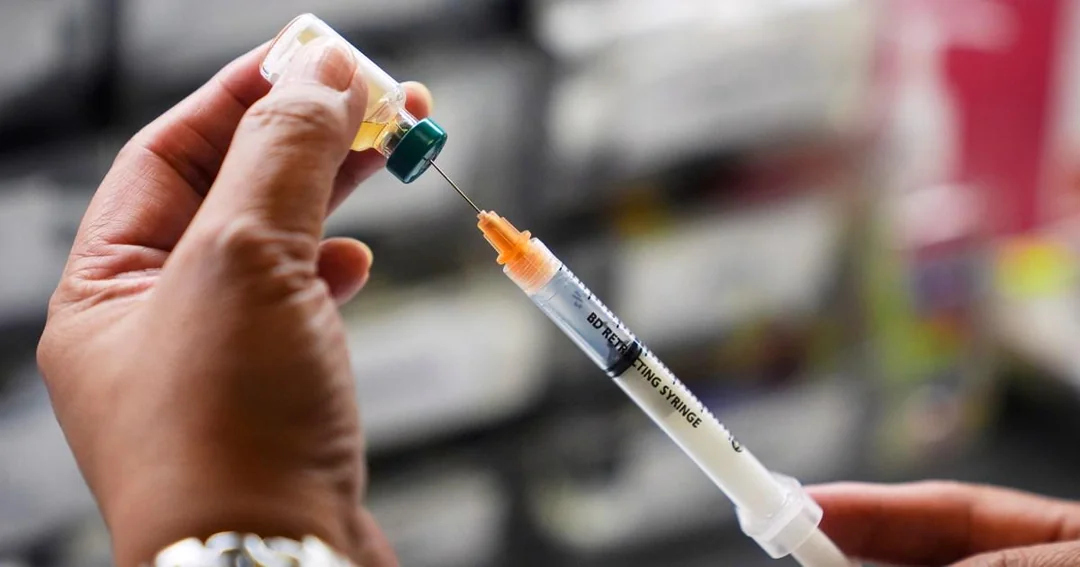In the 18 months since Roe v. Wade was overturned, the number of abortions in the United States has continued to grow, according to new data, even as 14 states have banned abortion completely.
Tuesday’s report from the Society for Family Planning’s WeCount project found much of that growth was likely related to telemedicine, which accounted for 19 percent of all abortions nationwide by December.
The report was also the first to fully capture the impact of providers who use blue state shield laws to offer telehealth abortions.
Shield laws give some legal protections to clinicians who offer abortion care via telehealth to people who live in states that have total abortion bans or severe restrictions. In 2023, five states had shield laws in effect — Colorado, Massachusetts, New York, Vermont and Washington.
Since the WeCount data was collected, Maine and California have also passed shield laws protecting providers who offer care nationwide.
Nearly 8,000 people per month in states with bans or severe restrictions were getting medication abortion from clinicians operating under shield law protections from October through December 2023, making up nearly half of all telehealth abortions counted in the report.
“Access to medication abortion through telehealth continues to play an ever-increasing role in abortion care nationwide — even as the Supreme Court weighs the fate of telehealth abortion care,” said Ushma Upadhyay, a professor at the University of California, San Francisco’s Advancing New Standards in Reproductive Health and co-chair of WeCount.
By the end of 2023, providers in states with shield laws were prescribing abortion pills to an average of 5,800 people a month in states with total abortion bans or six-week abortion bans.
Shield law providers also prescribed abortion medication to about 2,000 women per month in states where the local laws limit abortion pill prescriptions by telemedicine.
According to the report, there were an average of 86,000 abortions per month in 2023 compared to 2022, where there were about 82,000 abortions per month, excluding abortion provided through shield law telemedicine.
In the 15 states with total or six-week abortion bans, the report estimated that more than 180,000 abortions would have likely been obtained through clinic providers had abortion not been banned. The states with the greatest cumulative declines in abortion volume over 18 months include Texas, Georgia, Tennessee, Louisiana and Alabama.
“Even as the total national number of abortions nationally has increased, we can’t lose sight of the fact that access to in-person abortion care has virtually disappeared in states where abortion is banned,” said Alison Norris, a professor at the Ohio State University’s College of Public Health and a WeCount co-chair. “The loss of clinic-based care — which makes up more than 80% of abortion care — is a devastating loss to access for people across wide swaths of the country.”
The states with the largest cumulative surges in abortions over the 18 months following Dobbs included Illinois, Florida and California.
Florida enacted a six-week abortion ban on May 1, so the impact of that new law isn’t measured in the report. But it’s likely to have far-reaching impacts, given the relatively high number of abortions in that state and the total abortion bans in Texas, Oklahoma, Arkansas, Louisiana, Mississippi, Alabama, and Tennessee.
While most of the surge states bordered states with abortion bans, there are also large increases in states that are geographically distant from states with abortion bans, including California, New Jersey, New York, and Massachusetts.
The report noted the increased numbers are likely due to people traveling from states where they cannot access care, as well as increased abortions among residents within these states.




